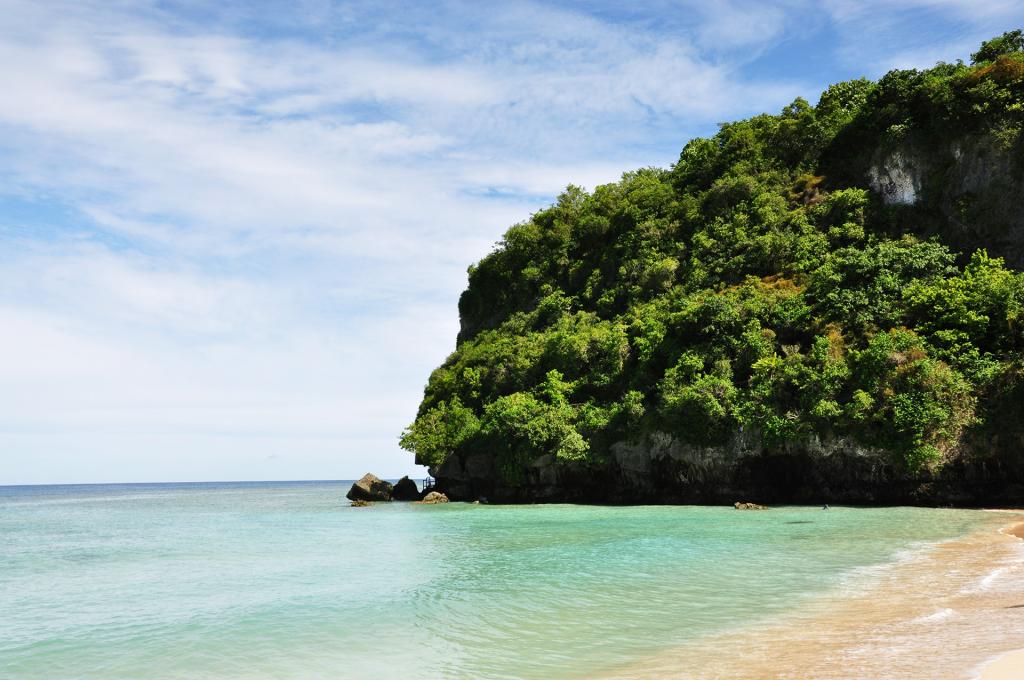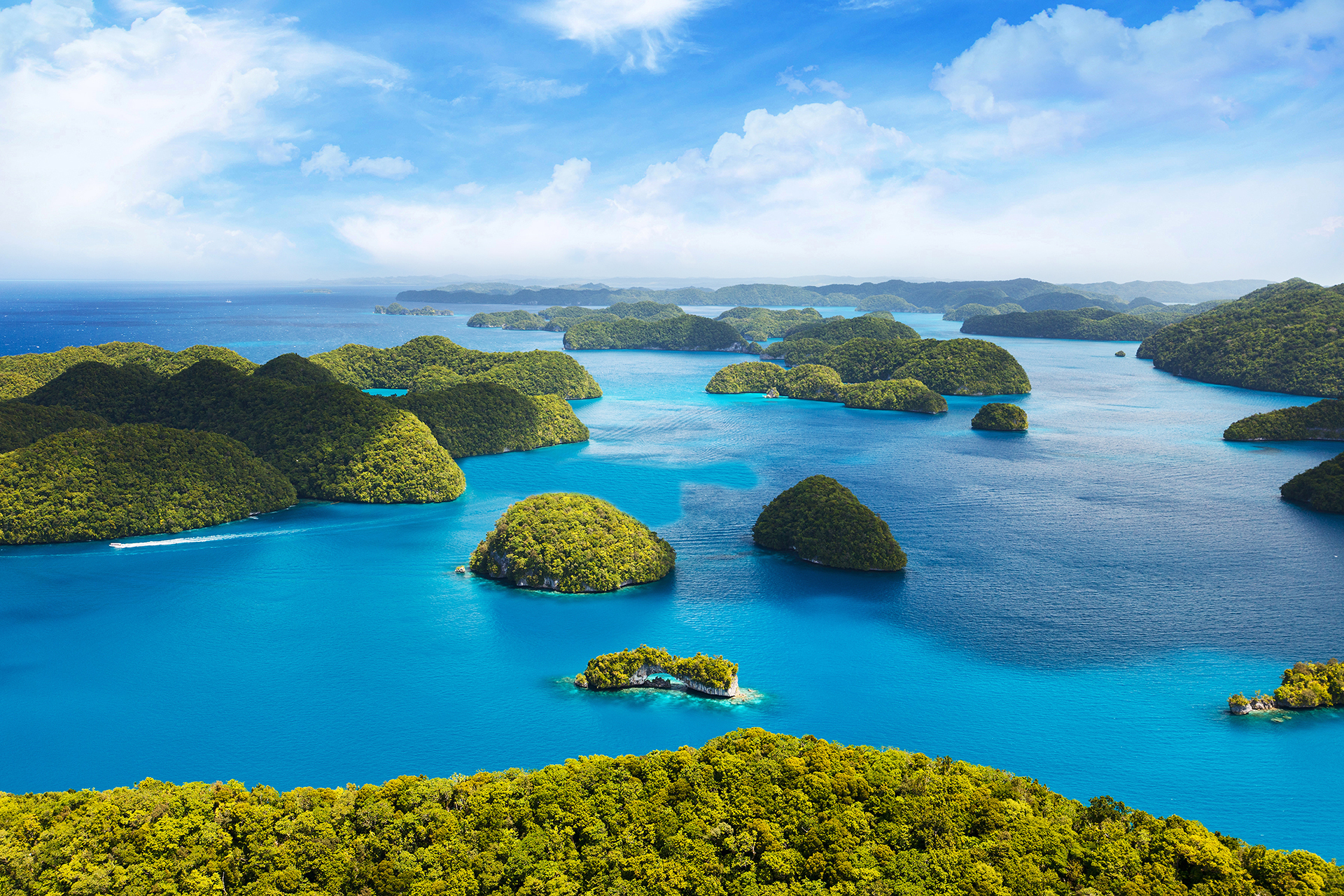Story and photos by Joel Kanda
One of the hardest questions I’ve been asked is, “What is your favorite food?” In my experience as a foodie it’s really not that easy to pick just one. But if you were to ask me instead what it is that I crave the most often, I would say that it’s the local foods here on Guam. A plate of barbeque, kadon pika, red rice and a side of kelaguen is usually the image that forms in my head, leading to that rumble in my stomach which sparks that resolute desire only satisfied once I’ve leaned back from the table, smug and fulfilled, with a once-full plate now empty in front of me.
While there are definitely many more foods featured in Guam’s culture and cuisine, these are what I consider to be the 5 Foods You Must Eat on Guam.
Red Rice
For centuries, rice has been a fixture in Guam’s food and culture. It is a staple and a necessary part of the meal at any party or gathering. Red rice has similarities to Spanish rice which makes sense, as the main ingredient, the achote seed, most likely came from Mexico and was first introduced to the Chamorro people by the Spanish.
The achote seeds are soaked in water and the rice is then cooked in the water giving it a deep red or bright orange color, depending on how long the seeds are soaked. Other ingredients such as onions and garlic are often used to infuse more flavor. Altogether it brings a wonderfully subtle earthiness to the rice and makes for a visually appealing side dish to your meal.
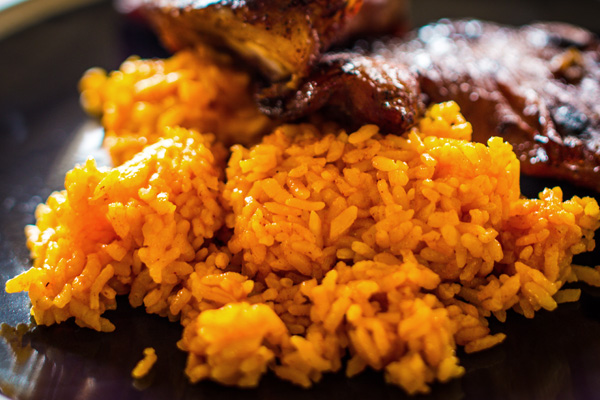
Kelaguen
Chamorros are known for their kelaguen-making skills and this food is a signature local dish. Kelaguen is based around the cooking property of lemon juice and has similarities to ceviche. A combination of lemon juice, onions, local hot peppers, salt and sometimes grated coconut are used to “kelaguen” either seafood, beef, chicken or even Spam.
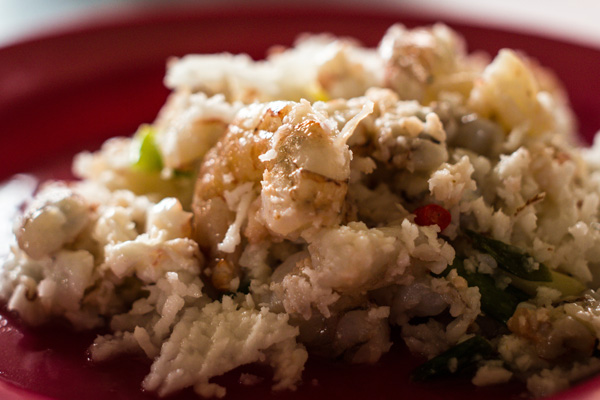
Chicken is the most popular meat chosen to “kelaguen” and tastes the best when it is barbequed beforehand. Octopus or squid kelaguen can be harder to find but are especially delicious and are definitely some of the best types of kelaguen. The tanginess of the lemon juice combined with the spicy kick of the peppers infused into the meat of your preference creates a sensational dance of flavors in your mouth that will have you instantly craving for more.
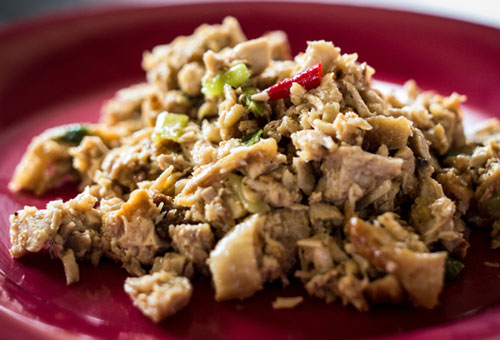
Barbeque
As controversial as it may be, I’m just going to go ahead and say it: Guam’s barbeque is The Best Ever. That’s right, ever. There, I said it. Of course, this is all based on my own opinion and personal preference. The local barbequing process begins usually about a day before the actual grilling. The reason for this is to allow time for the meat to marinate. The most common way to marinate meats for a barbeque involves a combination of soy sauce, vinegar, salt, black pepper, onions and garlic. While these are the main ingredients for a good marinade, most cooks have a secret ingredient or two that they like to add.
This marinade can be used for a vast array of different meats but the most commonly used in local barbeque are chicken and spare ribs. The best barbeque is grilled using the tangan-tangan wood found throughout Guam’s landscape which provides a unique smoky flavor. In the end, the meat is perfectly accentuated by the marinade and the smoky flavor is unforgettable.
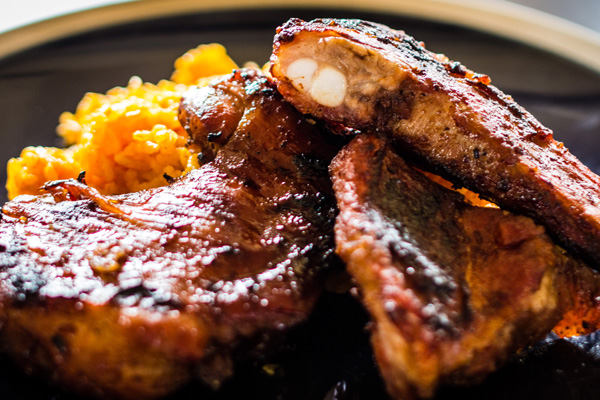
Kadon Pika
Kadon Pika is one of my favorite local dishes. The Chamorro word “kadon,” when translated, means stew and the word “pika” means spicy. So altogether we get a spicy stew. Most often this stew is made with chicken as the main feature. The other ingredients include soy sauce, vinegar, salt and black pepper, onions, garlic, local hot peppers and last, but most certainly not least, coconut milk. The chicken is marinated in the combination of the above ingredients excluding the hot peppers and the coconut milk. Those are added after it has simmered for a good while. When ladled upon a nice bed of red rice, bite into the warm, tender chicken and the spicy peppers will clash against the sweet, creaminess of the coconut milk to bring you the perfect local comfort food.
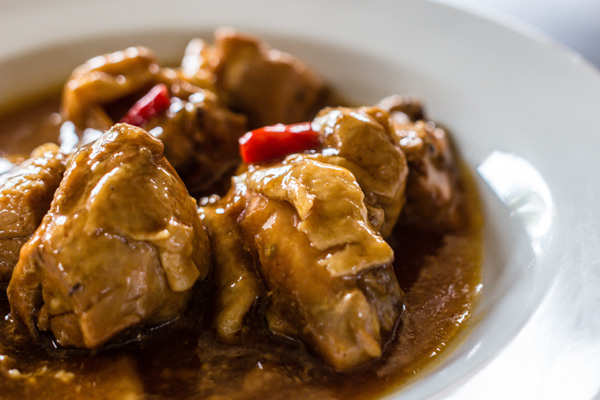
Coconut Candy
As simple as coconut candy is, it is delicious. It is basically a combination of sugar and freshly grated coconut. The sugar is heated and melted down, the coconut is added and once it is cooked to the proper consistency it is then formed into balls or rectangles. A demonstration of how the ancient Chamorros made coconut candy can be seen at the Gef Pa’go Cultural Village in the southern village of Inarajan. It is a nice little confection to treat yourself to and it often comes in small pieces so you can enjoy it without feeling too guilty about the indulgence.
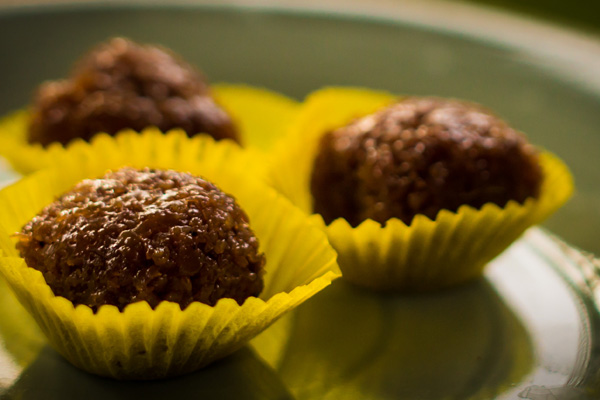
So give these five local foods a try. Whether it’s one in particular or all of the above, chances are that you’re going to love Guam's dishes as much as I do.









